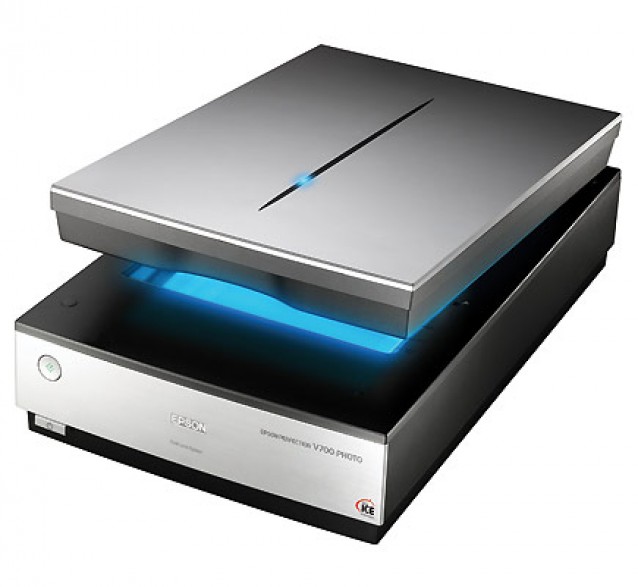

Nevertheless, I've been using Silverfast almost exclusively because of the additional functionality. Maybe you could do the same thing with epson scan by scanning multiple times at different brightnesses and merging in photoshop though. I've also used the HDR scanning function to deal with some difficult high contrast negatives. (That's not the most fantastic shot, but the scan is almost exactly like the transparency which is pretty cool for such a difficult to scan, dark exposure). I used multiscanning to reduce shadow noise in a 6圆 Ektachrome E100VS shot, and it worked phenomenally well - I wasn't expecting much from it (expecting some film movement during scanning, etc, which would reduce sharpness). I find epson scan does a pretty good job, but silverfast has already helped me scan a number of difficult negatives which I wouldn't have been able to get with epson. I just got my V750 last week, so take this with a grain of salt. I am out of town on shoots for the rest of the week and cannot contribute more to this, sorry. You have to judge this at about 200-300% with no sharpening and at a fairly high resolution like the true optical resolution. With this station changing the height is very simple and allows one to quickly and eaisily test for best height.Īnd.the 700/750 plane of focus is higher than the 4990,4870 or 3200 were. At this size the scan at 2.0mm is definitely the sharpest of the four scans.īTW, I am using a prototype of a mounting station, provided by Doug, which can be adjusted for varying heights above the scanner glass. The difference was noted in looking at small (sections of the scans at very high magnification, at a size that would correspond to something on the order of a 50" X 70" print. Based on careful tests with fluid mounting with the negative, base side down, 1) on the scanner glass, 2) 0.5mm above the glass, 3) 1.0mm above the glass, and 4) 2.0mm above the glass I can say that the sharpest result resulted with the negative at 2.0mm above the glass and the least sharp with the negative on the glass.
#Silverfast epson v700 upgrade#
If this is what I want to do, is there any reason to prefer Silverfast over Epson's own software or over Vuescan? If so, will AI do anything for me that SE won't, and is there a reason to upgrade from AI to AI Studio?īased on some recent testings with the Epson 4870 I am going to have to back off a bit on my earlier finding that there is no difference at all in spacing of the negative with respect to the scanner glass. At least, that's been my approach to doing wet mount scans on a Creo that I've had access to. All I want from the scanner is a fairly flat scan with as much information as possible that I will then manipulate in Photoshop. Not having purchased a scanner before, I also have a question about Silverfast. Is anyone able to comment on this question? The only thing that I could find was a single review, by a gentleman in the UK, suggesting that optically there is little to choose between the two models. Is Epson's claim that the v750 has better optics born out in the real world? Given that these models have been on the market for some time, one would think that there would be a fair amount of information, or at least opinion, on the internet about this question, but there doesn't seem to be. The v700 comes with Epson's own software and Silverfast SE.Ĭonsequently, for me there is one question. Given that Silverfast AI, which comes with the v750, costs $230, and AI Studio costs $330, there doesn't seem to be any particular reason to buy it packaged with the scanner. Since I'll be scanning negatives, I don't need a calibration target. I intend to fluid mount, but will do so with either the ScanScience holder or without a holder.

The v750 costs about $300 more, but some of the additional features don't interest me.


 0 kommentar(er)
0 kommentar(er)
